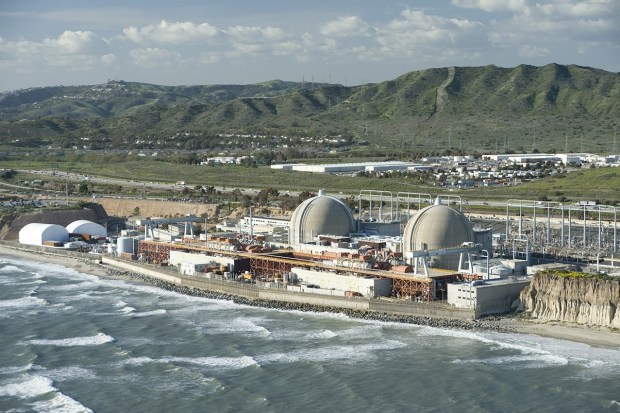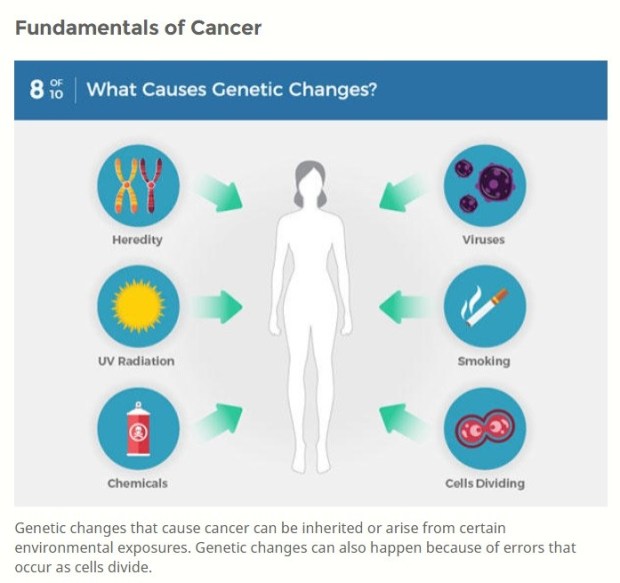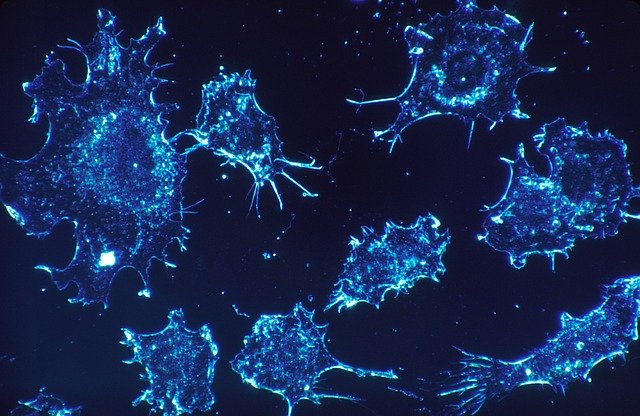“Nuclear Regulatory Commission killed study in 2015 after spending five years and $1.5 million on the effort”
BY: TERI SFORZA | ocregister.com
Scientists and activists were stunned back in 2015 when the Nuclear Regulatory Commission pulled the plug on what was designed to be the best study of cancer near nuclear power plants ever done.
The pilot study’s price tag was $8 million — a pittance in the NRC’s $1 billion budget — and five years of work had already gone into it. But it was killed because officials were convinced it would be too costly and couldn’t link reactors to disease, a Southern California News Group investigation found.
Last week, a petition with some 1,200 signatures demanding that the study resume went to members of Congress representing Southern and Central California.
“This is a scientific endeavor which will improve our understanding of cancer, the leading cause of death in California,” the petition states. “It is especially important for women, children, and the human fetus who are much more vulnerable to the biological effects of harmful ionizing radiation.”

No one knows threat
The retired San Onofre and Diablo nuclear power plants, both shut down in 2013, have been discharging low-level radioactivity into the ocean and atmosphere for decades, the petition continues, and no one knows for sure whether that poses a threat to nearby residents.
“The most recent research in the United States was carried out 29 years ago and is now considered heavily flawed and outdated. More recent studies in Europe have reported an increase in cancer risks for those living near nuclear power plants,” it says.
The signature-gathering was headed by the Samuel Lawrence Foundation, a nonprofit that “strives to promote human interaction and encourage broader community access to science, education, and the arts,” and has been highly critical of what’s happening at San Onofre as the plant is decommissioned.
Levin, Rouda support petition
The petition was delivered to U.S. Reps. Mike Levin, D-San Juan Capistrano; Katie Porter, D-Irvine; Harley Rouda, D-Laguna Beach; and Salud Carbajal, D-Santa Barbara.
“I support investing in federal research to better understand cancer risks associated with nuclear facilities, and I’m proud that members of my San Onofre Task Force are leading this effort,” Levin said in a prepared statement. “This will be one of my priorities for future appropriations bills.”
Rouda agrees. “We must study the health risks associated with proximity to SONGS and find long-term solutions to secure our nation’s nuclear waste,” he said, adding that the 3.6 million pounds of nuclear waste at San Onofre, 100 feet from the shoreline and virtually on top of active fault lines, is a threat to families.
The NRC declined comment on the petition.

NRC staffers began pressing for an update of an outdated 1990 U.S. study — using even older data — more than a decade ago. The NRC contracted with the National Academies of Sciences, a separate agency, to design a modern scientific assessment in 2010. The NRC spent five years and $1.5 million on the effort before abandoning it.
“Most people realize that all the evidence shows you’re not going to find anything,” Brian Sheron, retired director of the NRC’s Office of Nuclear Regulatory Research, a study supporter, told SCNG in 2017. “There are so many variables. The point was, even if you found something that looked like a relationship, you wouldn’t know what to attribute it to. Did the person live their whole life near the nuclear plant? Or did they live somewhere downwind of an asbestos factory for 20 years? In order to get all the facts, it was going to be prohibitively expensive.”
‘Best information available’
Assumptions about the outcome enraged many.
“You do not know whether the study will find something unless you do the study,” Ourania Kosti, who headed the aborted effort at the National Academies of Sciences, told SCNG at the time. “The NRC asked us to do the study because of concerns of members of the public who live near the nuclear facilities it regulates. I think it is important to use the best information available to communicate with members of the public about risks.”
More modern studies in Europe have found that children living within 3 miles of nuclear power plants had double the risk of developing acute leukemia as those living farther away, with the peak impact on children ages 2-4.
Bart Ziegler, president of the Samuel Lawrence Foundation, said the inquiry is long overdue and must begin right away.

